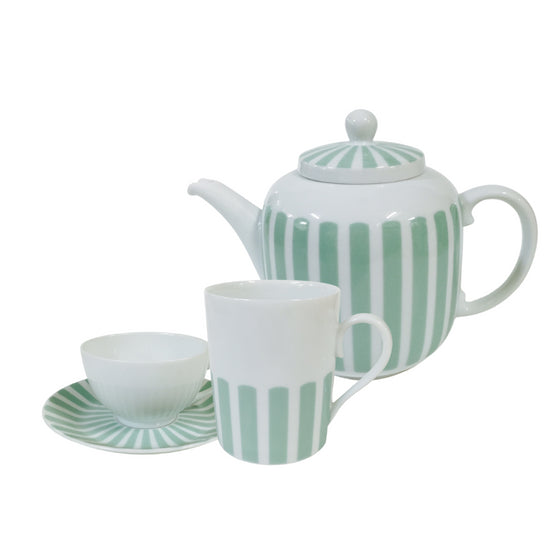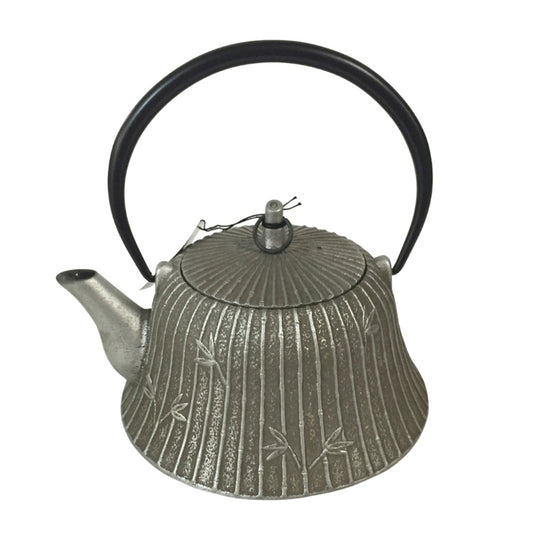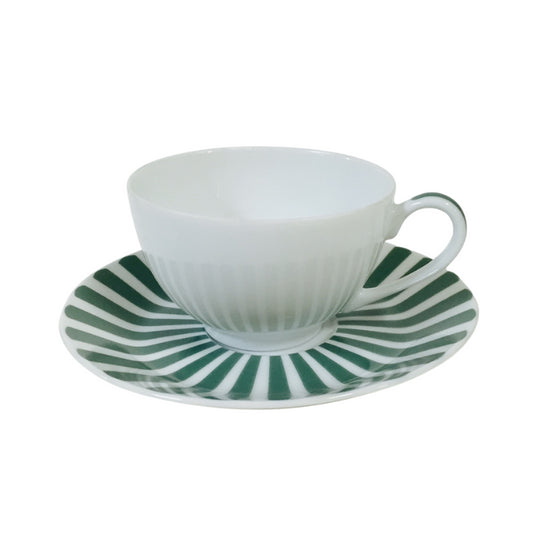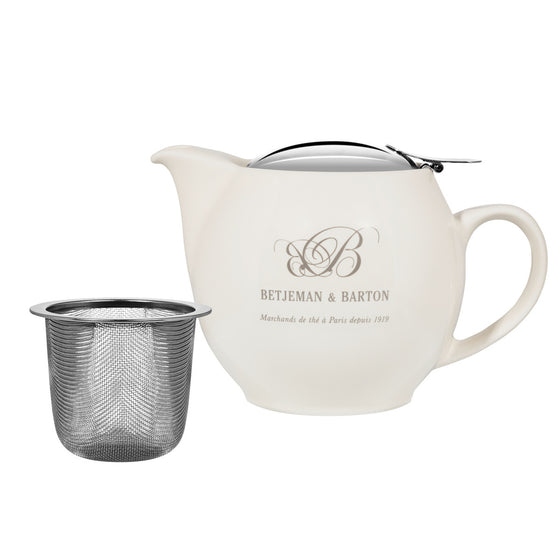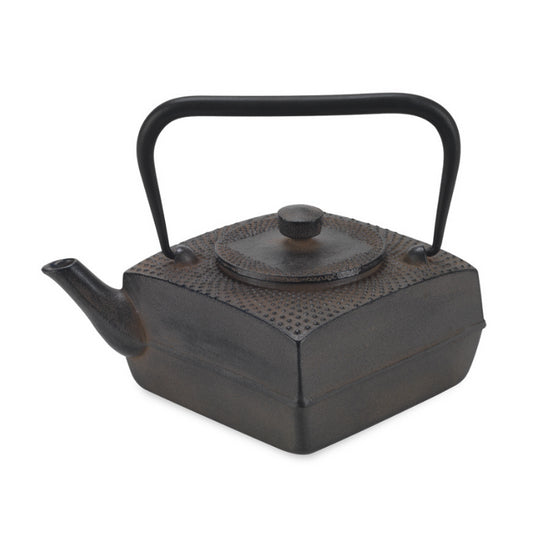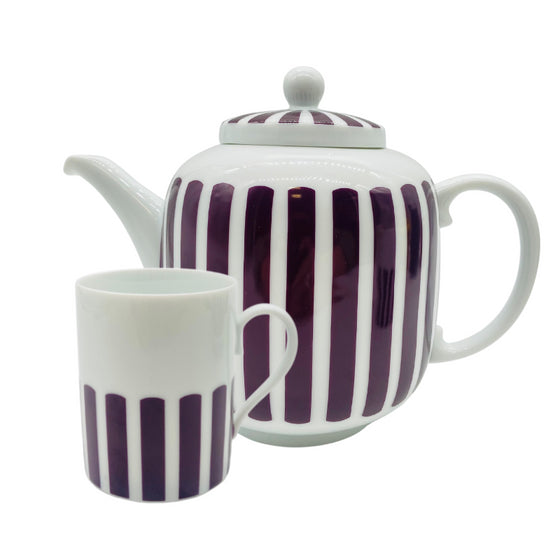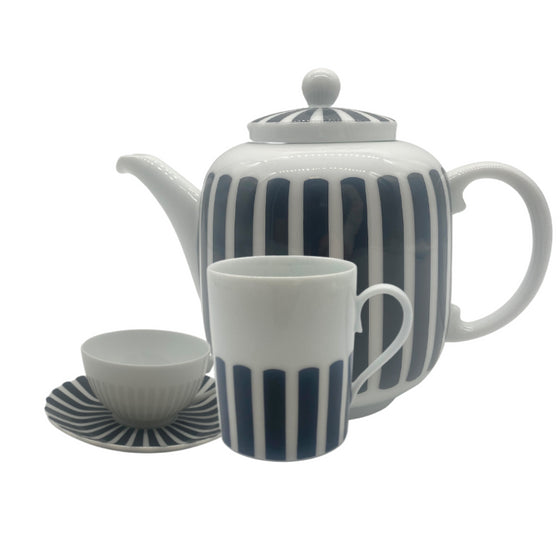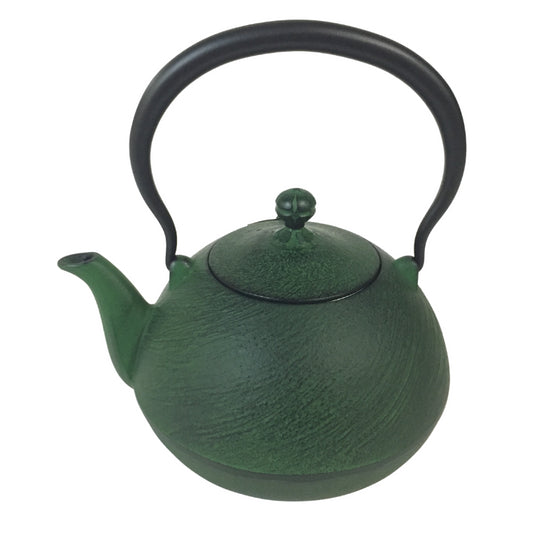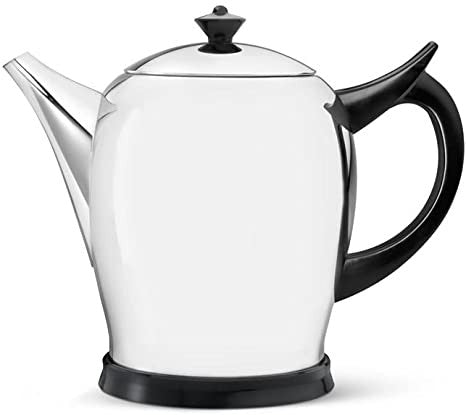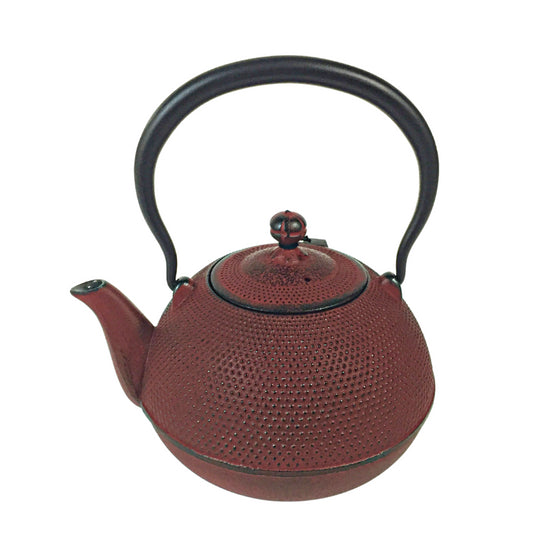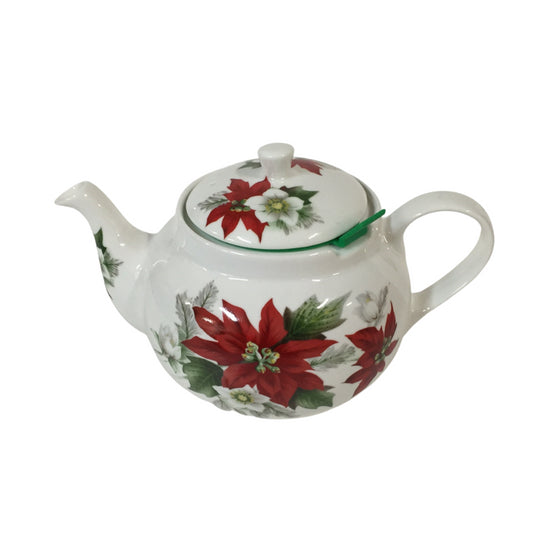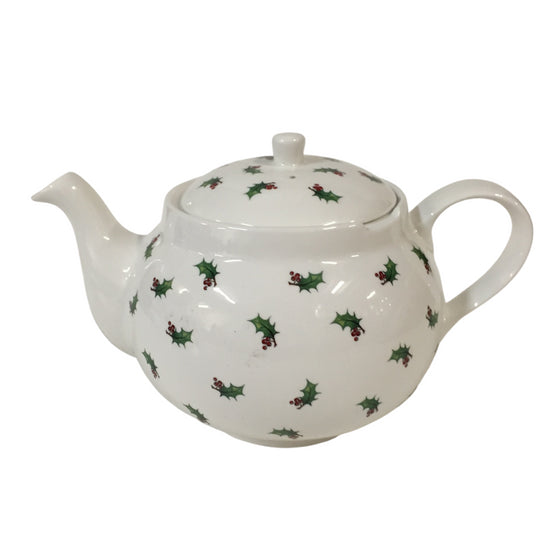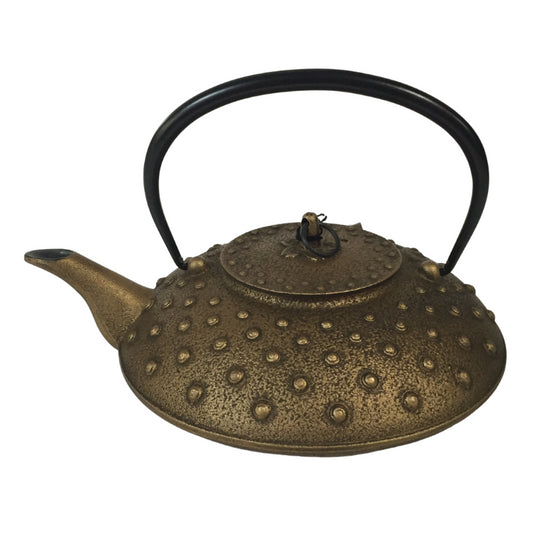The importance of the teapot in the tea ritual
The teapot occupies a central place in tea rituals around the world. In all cultures where this beverage is celebrated, the choice of this accessory is not accidental: associated with conviviality, the art of infusion, sometimes sacred, it is at the heart of the gathering, in the spotlight.
In Japan, the teapot is the subject of meticulous analysis. It contributes fully to the overall aesthetic of the ceremony and is chosen based on its appearance, so as to match the other elements of the ritual, particularly the bowls and mats laid on the floor. The capacity is also important, depending on the number of guests.
In Morocco, it is primarily associated with conviviality. It symbolizes sharing and hospitality, and the presentation of the teapot, in addition to the way the drink is served, strengthens the bond between guests.
A true object of art and tradition, it takes different forms depending on the region. Models in fine European porcelain, in cast iron with clean lines in Japan, in silver or metal in the Maghreb, in clay in China, it always testifies to a real cultural know-how, intimately linked to the importance of this ritual.
Discover our collection of teapots made from fine materials and in a variety of designs.
Tea enthusiasts Betjeman and Barton offer a wide variety of teapots to ensure you enjoy your tea exactly as you like it. Browsing our catalog, you'll discover several traditional Japanese cast iron models. For example, the Fujigata Take teapot comes directly from Oigen, a company founded in 1852 by Oikawa Genjuro and renowned worldwide for the quality of its artisans' work, experts in crafting cast iron objects. This teapot features a metal filter and holds 0.8 liters of tea. From the same manufacturer, we've also selected the Michikonu model, with a capacity of 1.15 liters, available in several colors. We've also chosen various products from the Natsume range, which includes beautiful round cast iron teapots in a range of sizes.
Our catalog also includestypical English teapotscrafted from fine white porcelain. For a truly British afternoon tea, we've included several items in our selection:
•Poinsettia: a lovely model with a capacity of 6 cups, decorated with superb poinsettias, also called Christmas stars.
•Christmas Tide: as its name suggests, this 6-cup teapot is in Christmas colours, with its holly branches and elegant winter flowers.
•Hollybits: available in 2 and 6 cup versions, this teapot perfectly complements the collection with its delicate holly branches.
We also designed a piece that reflects our brand. This white porcelain model proudly displays the Betjeman and Barton logo and includes a small cup into which the teapot fits perfectly. It has a 33 cl capacity, ideal for an after-dinner infusion or afternoon tea.
How to choose your teapot
Choosing a teapot is therefore not a trivial matter. Depending on the type of tea usually consumed, certain materials or shapes are also recommended. For example, for delicate and light teas, particularly green or white teas, it's best to opt for porcelain or ceramic models, which don't absorb the flavors. On the other hand, for more robust beverages, such as black, pu-erh, or oolong teas, cast iron or raw clay teapots are often recommended, as they retain both heat and aroma. Each material has its own specific characteristics:
•The cast iron: this one retains heat very well without any memory of taste, so it is very suitable for multiple infusions with different flavors.
•Ceramics or porcelain: these materials are also quite versatile, with good aroma reproduction, and remain easy to clean.
• Glass: neutral and transparent, it allows you to see the lovely color of the tea, but keeps the heat a little less long than the others.
• Stainless steel or metal: less traditional, these are very practical for frequent transport, due to their high strength.
